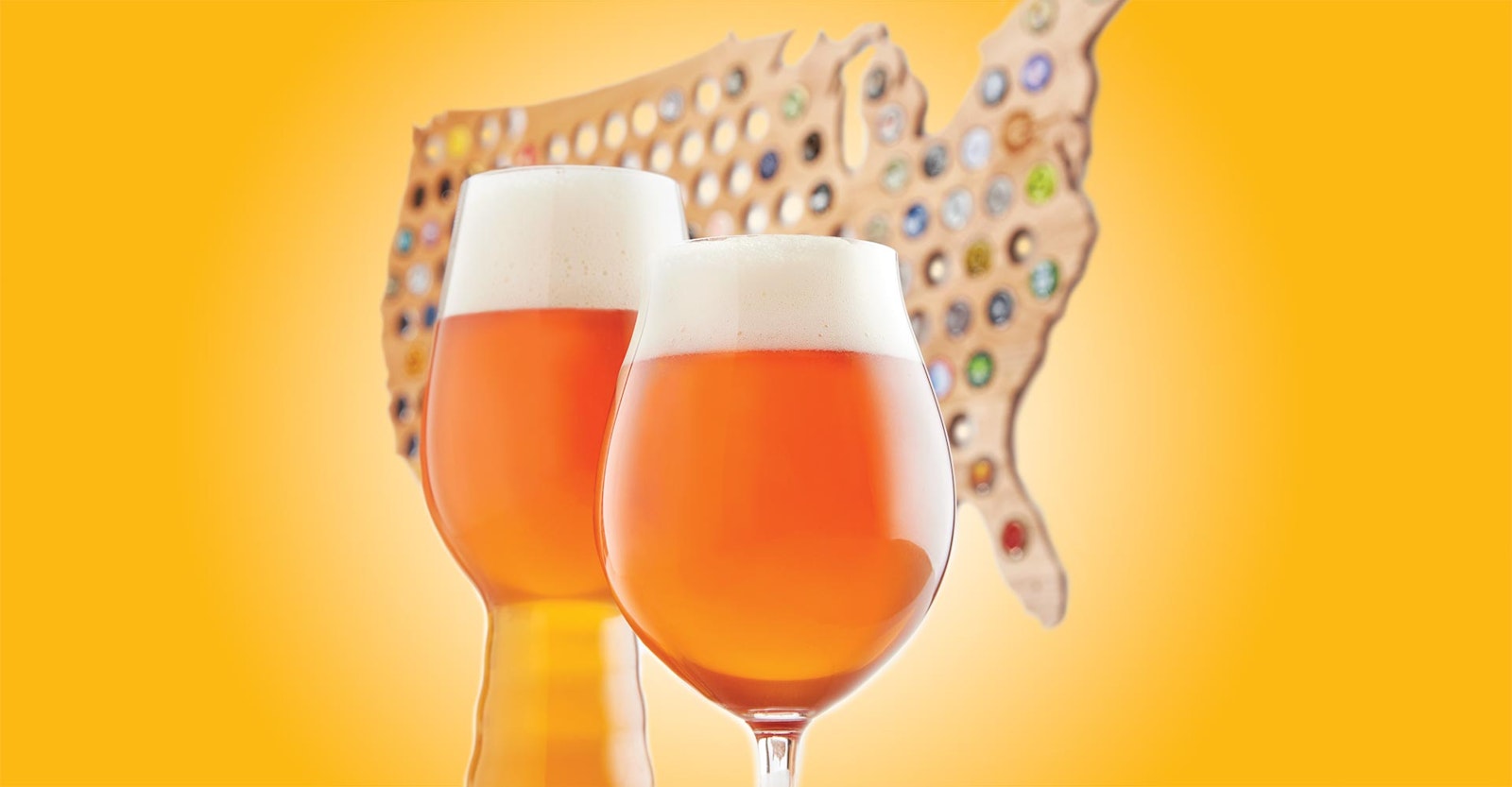I knew this day would come. Not the day I write about American IPA for this column – though, clearly, that day has arrived – but the day I was called on to brew a New England-style Hazy IPA. I feel like Victor Frankenstein creating his monster. It’s brewing up as we speak, possibly-faddish monstrosity though it might be, and perhaps in a few iterations I’ll share the recipe here. In the process of creating that recipe, though, I came back to my standard American IPA recipe as a base. American IPA isn’t a style I brew all that often – there are so many good commercial versions out there that I don’t typically feel the urge to make my own – but there’s no doubt that it’s ubiquitous among brewers of all kinds. There are so many versions, varieties, and approaches here that it would be arrogant to claim this will be your best American IPA, but it’s at least a very, very good one that has held up well to the test of time.
STYLE
On one level, American IPA is extremely well-known as a style: I mean, after all, they’re everywhere. Who doesn’t know American IPA? On another level, though, it’s a surprisingly not well-known style, in that very few have taken the time to see what the style describes, and instead treat it as a catch-all moniker for a wide range of hoppy, pale ales. It is that, of course, but the commercial tendency towards “more” to meet consumer demand has led to a substantial amount of style “drift.” Our BJCP-derived American IPA is surprisingly modest in alcohol, ranging from 5.5-7.5 percent. It is rather immodest in IBUs, however, with a gravity-to-IBU ratio of roughly one-to-one. And, while it can range in color from gold to a deep amber, most examples will be on the paler end of the spectrum. It has some light malt character, but nothing overly bready or rich. Beyond that, this is a hops showcase: flavor and aroma both should have a substantial level of hops character, but that doesn’t require you to use a fantastical amount of hops in the recipe. If there’s one thing I know to be true, it’s that it’s possible to wreck an IPA with too many hops in too great a quantity – I’ve done it. Overkill might be harder to spot in most IPAs, but it’s still overkill; we’ll use what we need here, and no more.
RECIPE
I tend to brew all of my “American” beers – IPA, Pale, Amber, and Brown – to the same 1.060 gravity. I don’t know why, but I started with that, and it just stuck. In a way, though, it’s freeing because it lets me focus on the relative flavor contributions of the ingredients themselves.

